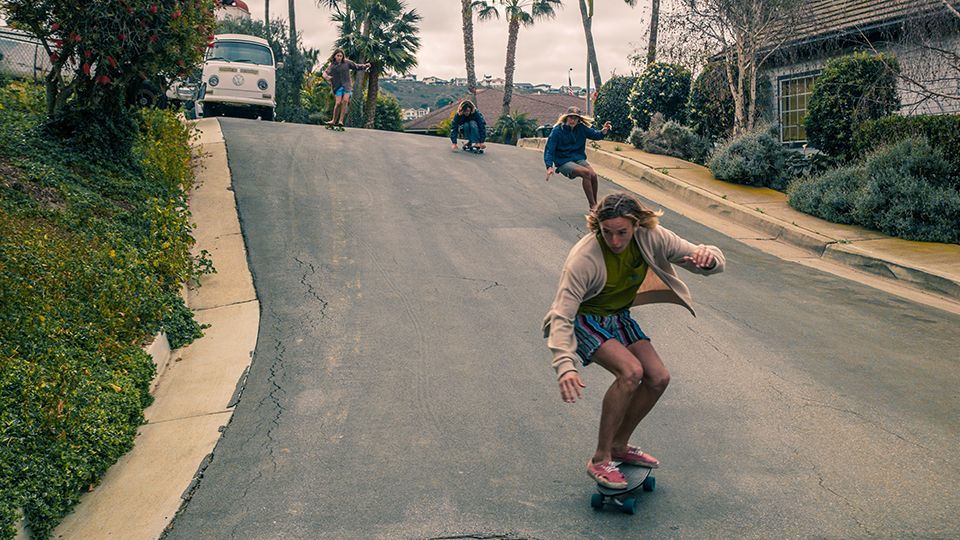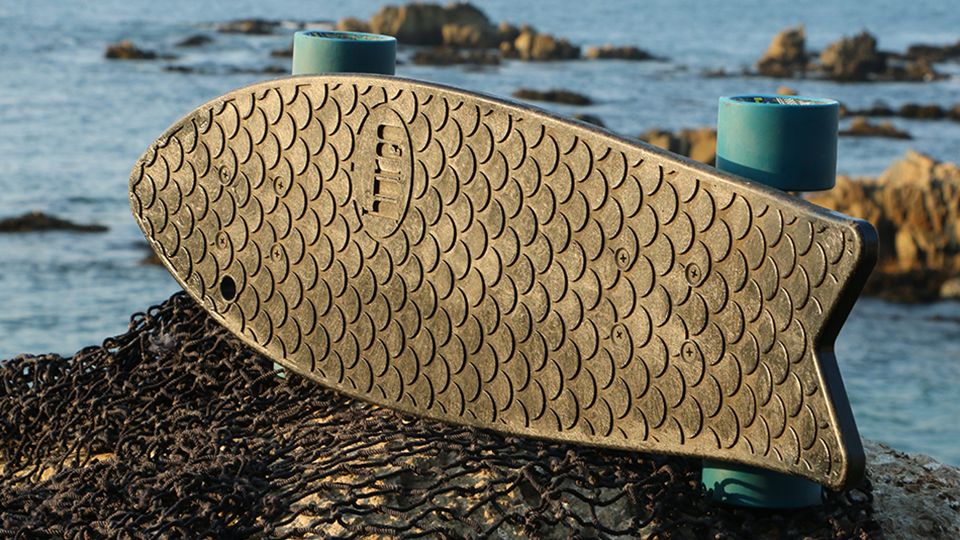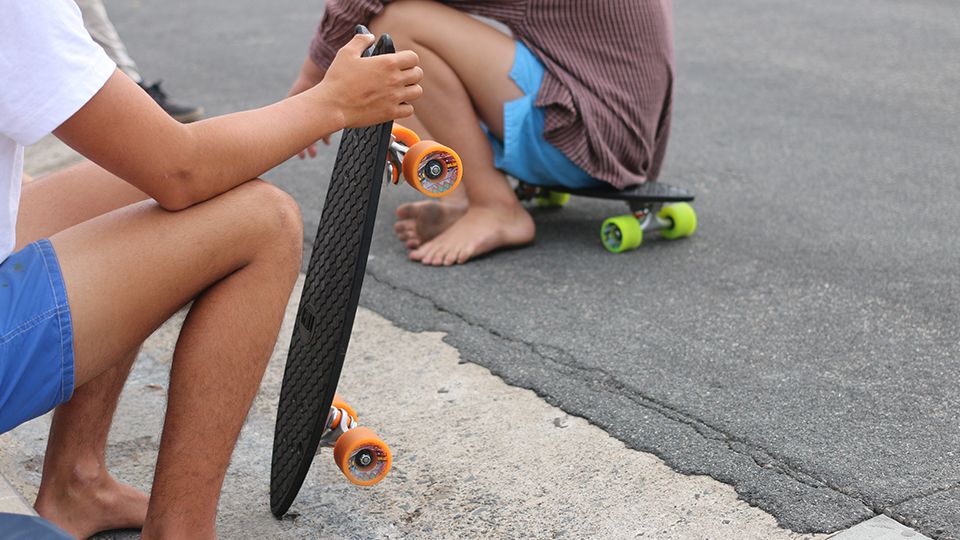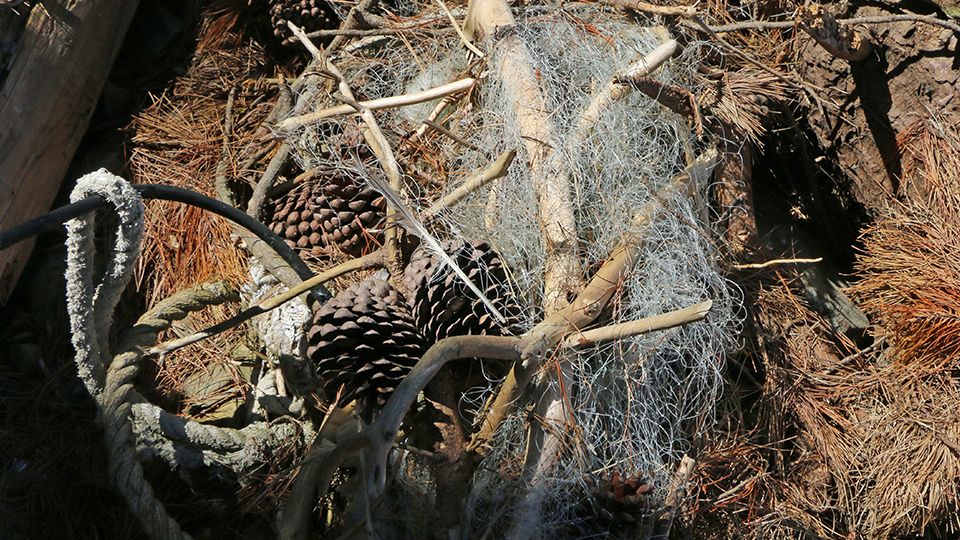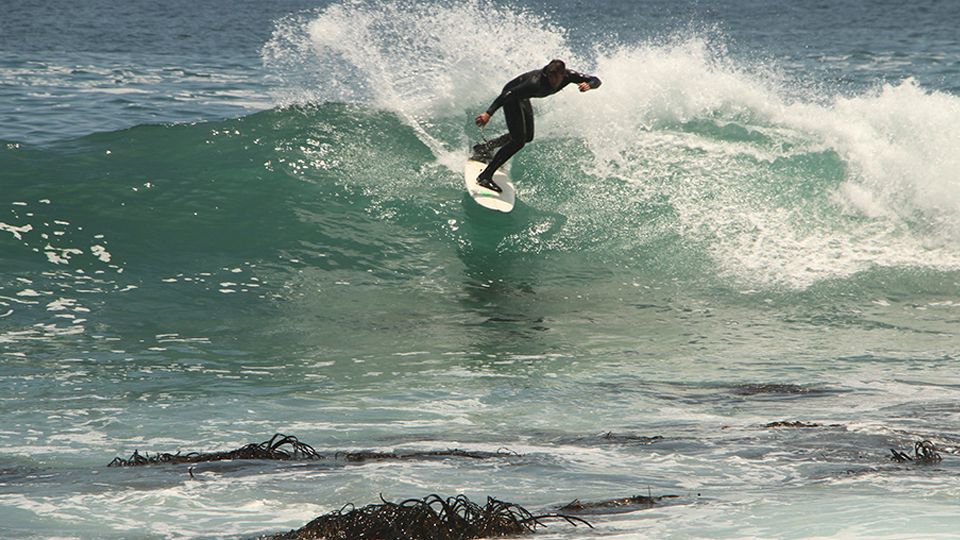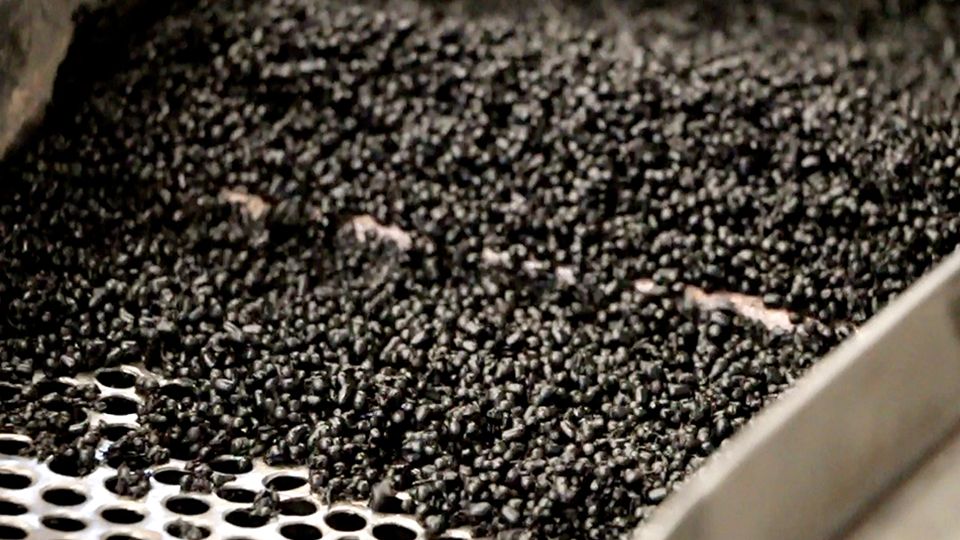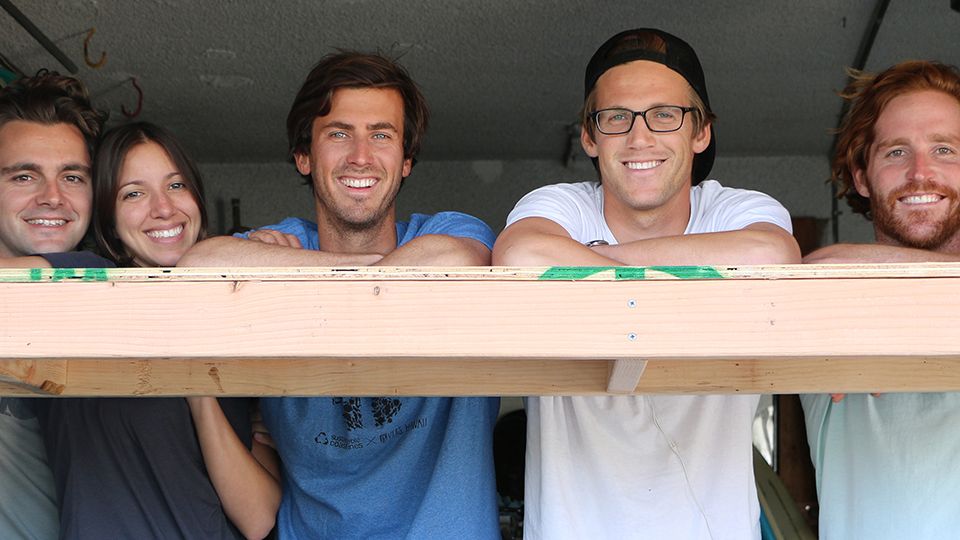Beautiful Thinking is using waste from oceans and beaches to make skateboards and carpet tiles.
Ocean plastic waste is a global problem.
It’s been estimated that there are 5.25 trillion pieces of plastic waste currently floating in our oceans, creating untold damage to the environment and destroying eco systems.1
By collecting and repurposing waste before it enters our oceans, we can start to reap the benefits of more restorative ways of working – turning a negative into something positive and bettering the world we live in.
California/Chile-based Bureo was founded to do just that.
Discarded fishing nets account for almost 10 per cent of the plastic waste in global waters. Bureo’s Net Positiva programme collects these difficult to dispose of nets, and recycles them into a restorative raw material.
With a network of drop-off points located in coastal communities in Chile, more than 70,000kg of fishing nets have been repurposed through Net Positiva since 2013. This, in turn, has enabled Bureo to create the world’s first skateboards and sunglasses made from recycled fishing nets.
David Stover, Founder of Bureo, explains the beautiful thinking behind the Net Positiva story: “Interface and Bureo share the same goal of changing the way the wider world thinks about waste.”
“In nature, there’s simply no such thing as waste – everything has a purpose. By taking this as our inspiration, we can create opportunities for reinvention and establish a better future for generations to come.”
“Only then can we live on a truly restorative planet. That’s beautiful thinking.”
To find out more about Bureo and their work, visit: www.bureo.com
References
1Plastic Pollution in the World’s Oceans: More than 5 Trillion Plastic Pieces Weighing over 250,000 Tons Afloat at Sea, Erikson, M., Plos One, 10 December 2014
